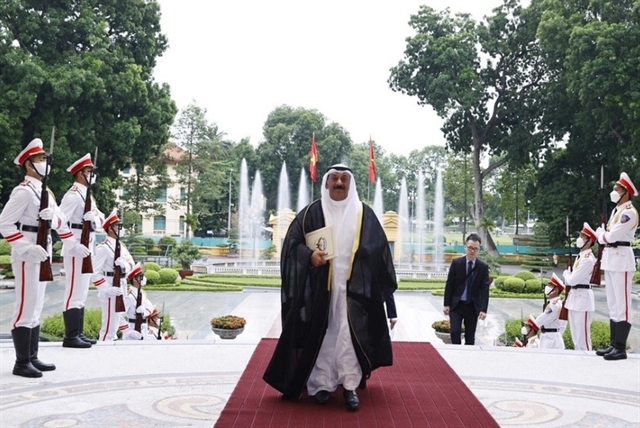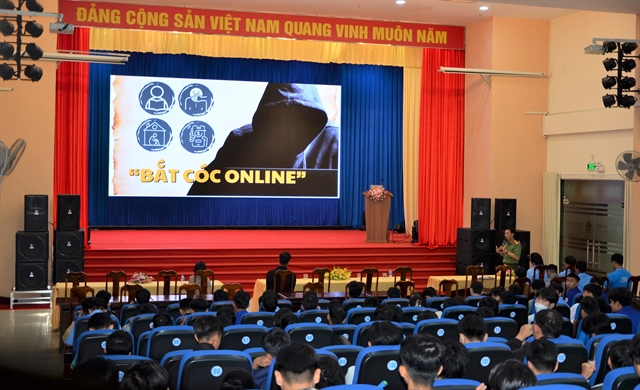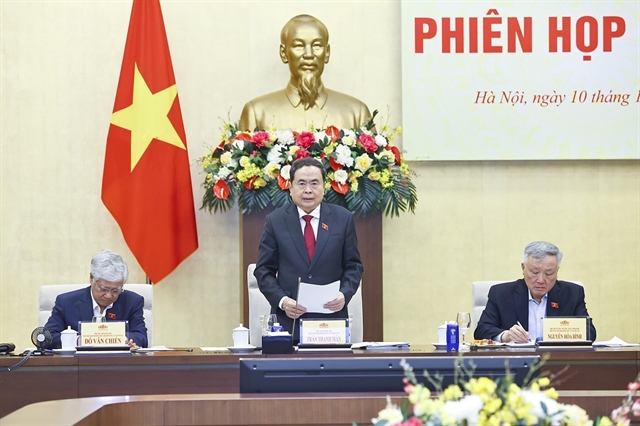 Life & Style
Life & Style
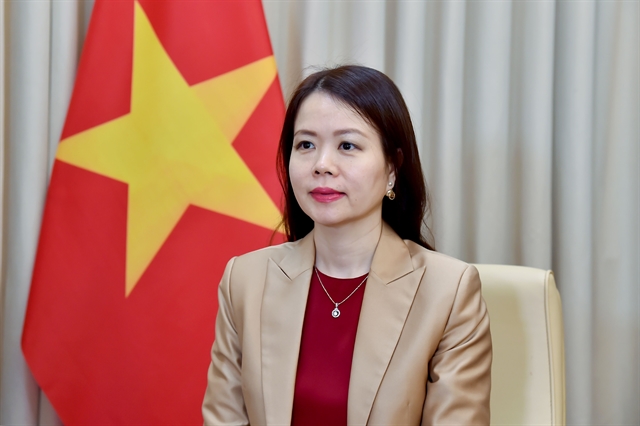
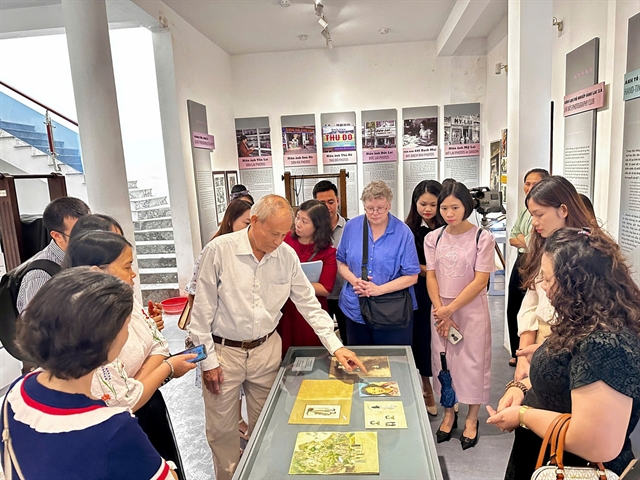 |
| Specialsts of the project visit lai Xá Photography Museum. Photo courtesy of Hà Nội Museumn |
HÀ NỘI — A new heritage project has been launched to research, preserve and transfer technology for the conservation of artefacts in museums, bringing together the Hà Nội Museum, Lai Xá Photography Museum, Nguyễn Văn Huyên Museum and the National Museum of Natural History in the United States.
Titled Preserving and Safeguarding Memories 50 Years after the War, the project focuses on conserving paper artefacts, film materials and photographs, which, despite their immense historical value, have long been overlooked in Việt Nam.
Associate Professor Dr Nguyễn Văn Huy, director of Nguyễn Văn Huyên Museum, said the first phase centres on researching and cataloguing both memory and material heritage, with particular attention to the photographic legacy of martyrs from Lai Xá Village in Kim Chung Commune, about 15km west of Hà Nội.
Lai Xá, known as the birthplace of Vietnamese photography, is home to generations of distinguished photographers and scholars, including Khánh Ký — who taught photography to President Hồ Chí Minh — historian and cultural researcher Professor Dr Nguyễn Văn Huyên, and Hồ Chí Minh’s personal photographer Vũ Đình Hồng.
The project team has visited each household in the village, meeting relatives and listening to stories from 44 families of martyrs. During these visits, the experts encountered a poignant reality.
“Lai Xá, a renowned photography village, is at risk of losing its memories. Family photos and images of martyrs have been lost in large numbers. Many families have only a few photos left, and many have been restored. It is heartbreaking to note that three families of martyrs we met no longer have a memorial photo, instead honouring their loved ones with the Certificates of National Glory,” Huy said.
He explained that the loss of Lai Xá’s photographic heritage was caused by war, natural disasters, difficult living conditions and humidity. Preservation practices within the community remain largely informal, with residents keeping photos instinctively without realising the importance of protecting the originals.
“Many people think that if an original photo is damaged, it can simply be enlarged or reproduced, or even painted over, so they no longer keep the original. They do not realise that the original photo carries the soul of an era and is a unique historical artefact that cannot be replaced. The story of Lai Xá is not the only one,” Huy said.
He added that museums and archival centres could play a key role in building a sustainable museum-community ecosystem, in which community materials become valuable resources for enriching national heritage collections.
Proposals
Due to differences in budgets, equipment and expertise, each museum or archive may apply its own preservation solutions. Experts hope that international cooperation and knowledge sharing will help strengthen local capacity and technical skills in conservation and archiving.
The project also features the participation of Barbara J. Rhodes from the American Museum of Natural History, one of the world’s leading institutions. Rhodes has more than 38 years of experience in material conservation at the museum.
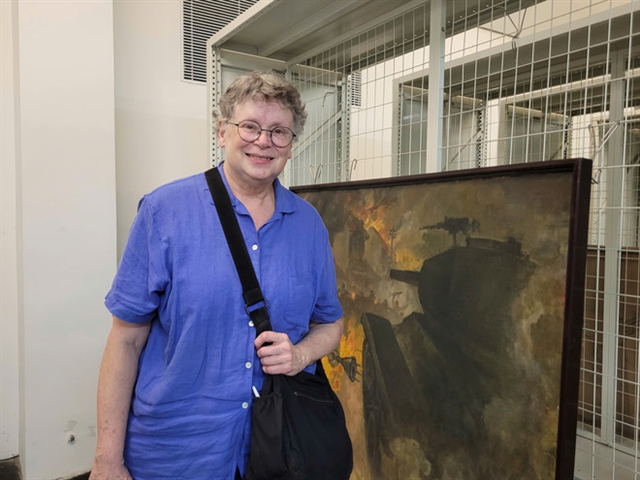 |
| The project has the participation of Barbara J. Rhodes from the American Museum of Natural History, one of the leading museums in the world. — Photo vietnamplus.vn |
According to Rhodes, the challenges of storing and preserving paper and film artefacts in Việt Nam include high humidity and various types of insects – issues that are less prevalent in storage practices in the US. The materials can become brittle, suffer termite damage and deteriorate to a condition that makes preservation difficult, even posing fire risks, especially with nitrate film.
The American specialist expressed her honour at being involved in the project, taking on roles such as examining the artefacts, writing reports and recommending preservation methods for managers in Việt Nam.
She suggested establishing foundational storage systems for preservation and creating polarised filters to identify film negatives. She also provided guidance on making photo boxes and supports, emphasising that the materials used should be environmentally friendly and readily available locally.
According to Nguyễn Tiến Đà, Director of the Hà Nội Museum, the project also involved several institutions, including the Lai Xá Photography Museum, Việt Nam Fine Arts Museum, Việt Nam History Museum, Việt Nam Fatherland Front Museum, Việt Nam Museum of Ethnology, Museum of Cultures of Việt Nam’s Ethnic Groups and the Police Museum.
Additionally, it included contributions from Archive Centre No 3, the Institute for Cultural Heritage Preservation and museums from localities such as Ninh Bình, Quảng Ninh and Hưng Yên provinces and Hải Phòng City, as well as faculty from the Department of Heritage at Hà Nội University of Culture.
“We hope that the knowledge and experiences shared in the project will be widely applied in museums across the country, positively contributing to the preservation and promotion of our nation’s cultural heritage values during this period of international integration,” the Director of the Hà Nội Museum said. — VNS

